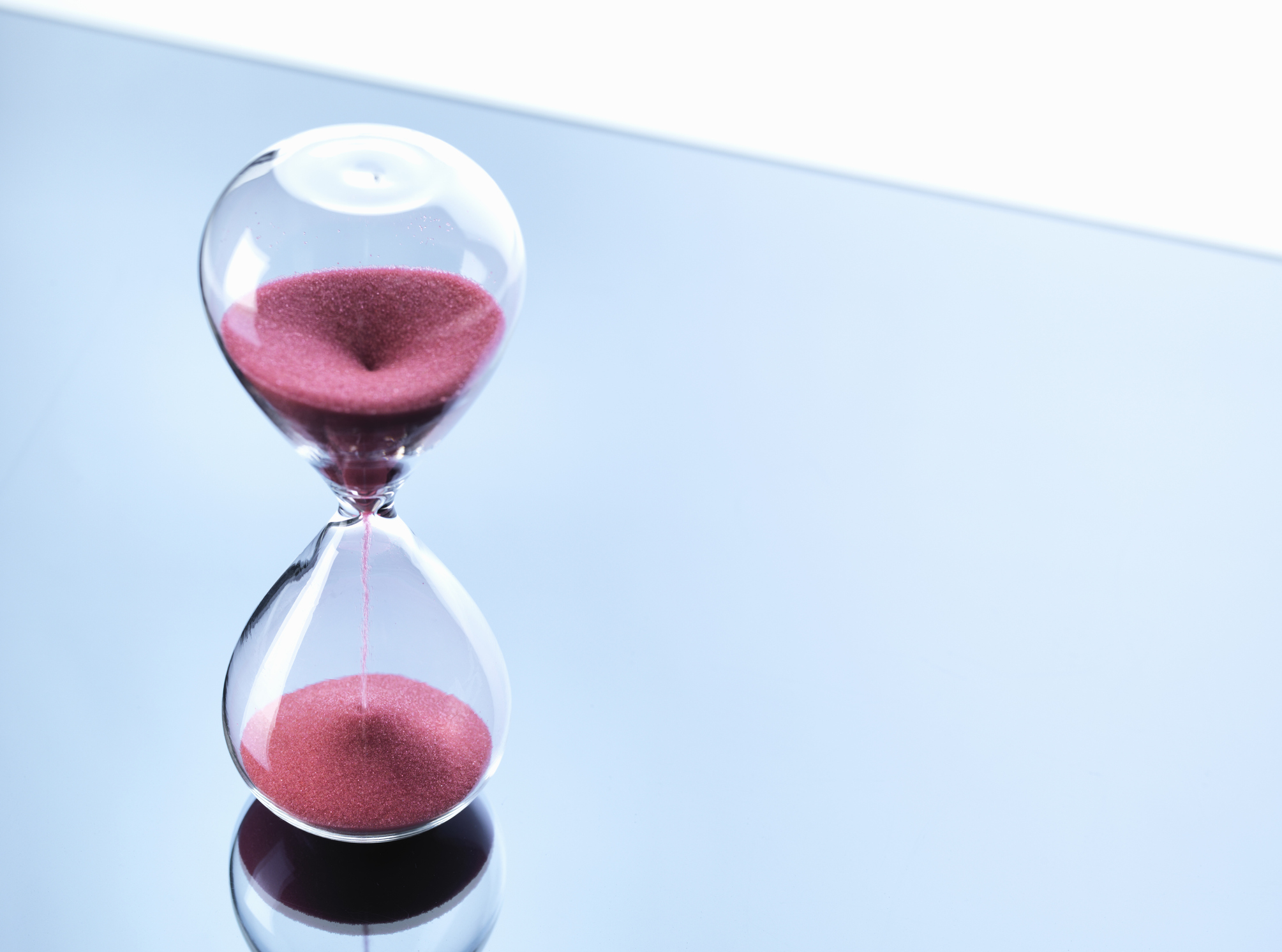In my previous article, I outlined the beginnings of an internal, employee-focused “longevity strategy” that organizations can use to reap the benefits of an aging workforce. In this one, I’ll discuss its external, consumer-facing complement.
The market for products and services for older adults is already strong, and it will become even stronger. With distinct consumption habits and service needs, Americans over 50 accounted for $7.6 trillion in direct consumer spending and related economic activity in 2015, and controlled more than 80% of household wealth, according to a 2016 joint report from Oxford Economics and AARP. Further, a 2010 AARP survey reveals that 90% of older adults say they want to be able to remain in their own homes as they age. Envisioning how communities will respond to the needs of aging people will keep many more of them in their homes and contributing to the economy. Bank of America Merrill Lynch projects that the global spending power of those age 60 and over will reach $15 trillion annually by 2020.
But the potential for forward-thinking companies goes beyond just an interesting business opportunity. Older adults are poised to shape consumer and capital markets in the years ahead. The McKinsey Global Institute concludes that the 60-plus population, one of the few engines of global economic growth, is on track to generate half of all urban consumption growth between 2015 and 2030. “The Longevity Economy is redrawing economic lines, changing the face of the workforce, advancing technology and innovations, and busting perceptions of what it means to age,” states the Oxford Economics/AARP report.
This was originally published on the Harvard Business Review. Please follow this link to read the rest of the article.


